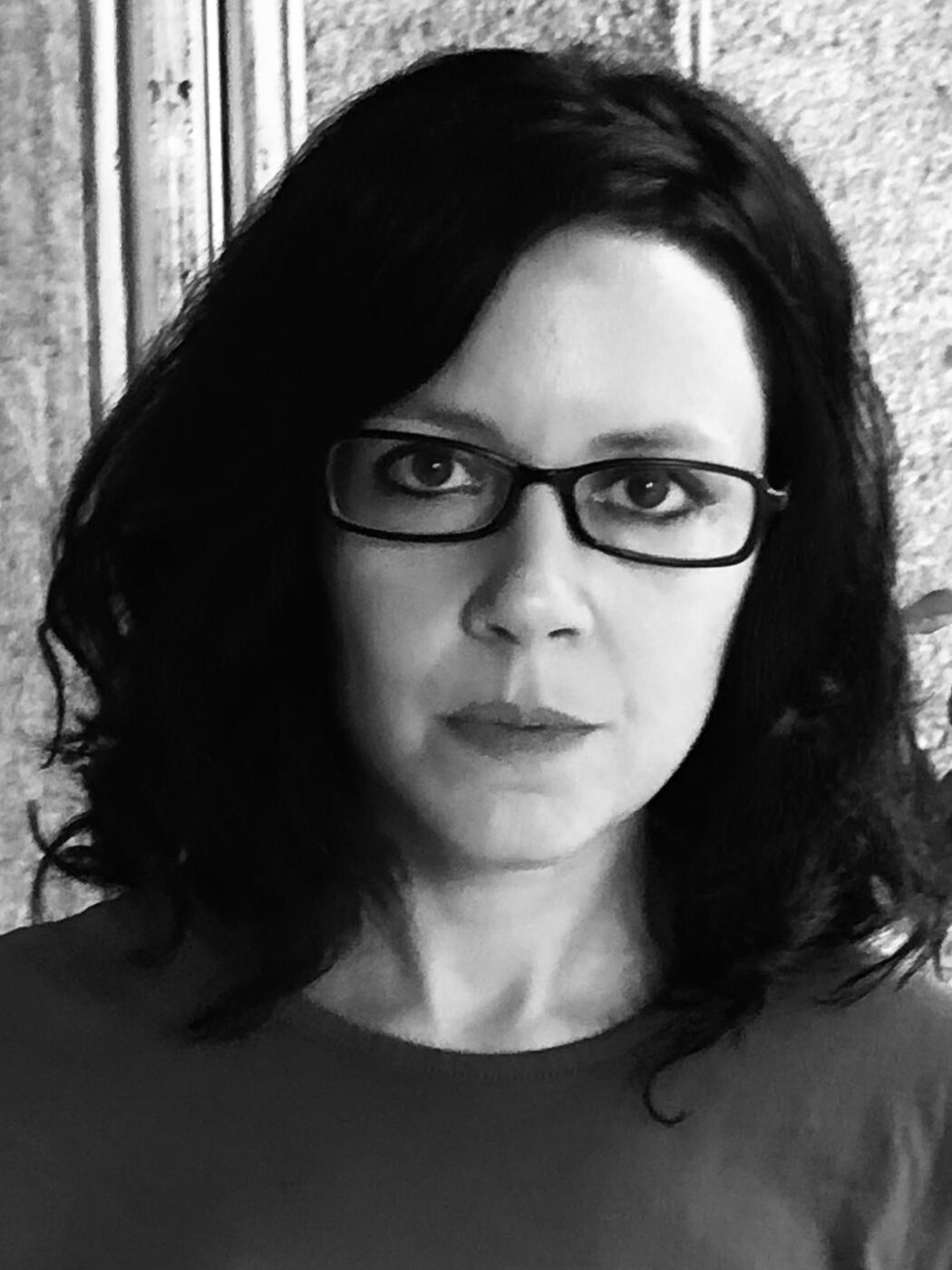 Aylin Kuryel
Aylin Kuryel Aylin Kuryel
Aylin Kuryel heeft haar PhD behaald aan de Amsterdam School for Cultural Analysis (ASCA) aan de Universiteit van Amsterdam. In haar dissertatie onderzoekt ze de relatie tussen nationalisme en beeldvorming door zich te richten op thema’s als ‘image acts’ en ‘visual communities’. Ze is met name geïnteresseerd in nationalisme, visuele cultuur, kunst en weerstand. Ze is de co-schrijver van Cultural Activism: Practices, Dilemmas and Possibilities (Rodopi, 2010). Ze is betrokken geweest bij kunstprojecten en tentoonstellingen en heeft documentaires en korte films gemaakt, voornamelijk met culturele en politieke onderwerpen.
In haar dissertatie, getiteld Image Acts and Visual Communities: Contemporary Nationalism in Turkey (2015), onderzoekt ze het visuele beleid van nationalistische uitingen in het dagelijks leven door zich te richten op het hedendaagse Turkije en de wijze na te gaan waarop beelden van de natie zich verspreiden.
Aylin Kuryel: “I depart from the idea that images provide an especially productive ground to analyze the contested and negotiated dynamics of national identity (re)production and community (de)formation in everyday life. I focus less on the history of official nationalist imagery production by the state, and more on the reproduction of nationalist imagery in everyday life, by the people themselves, who do not only look at, but also look with images. I identify five different types of images as significant for how national identity formation and image politics intertwine: commodified images, bio-images, ghostly images, media images and disorienting images. Through a variety of objects, such as commodities, masks, tattoos, advertisements, films, apparitions, monuments and artworks, I explore how images act both to draw borders around communities and to provide the means to challenge these borders. I look at the ways in which visual communities provide shortcuts to existing notions of national language, race, as well as ethnicity and gender, turning its fictive status into a tangible entity with material effects and consequences. The identification of these “image acts” and “visual communities” does not only reveal the specificities of the particular context of 2000s Turkey, but also offers a theoretical path and conceptual kit to analyze the intertwinements of nationalism and visual culture.”